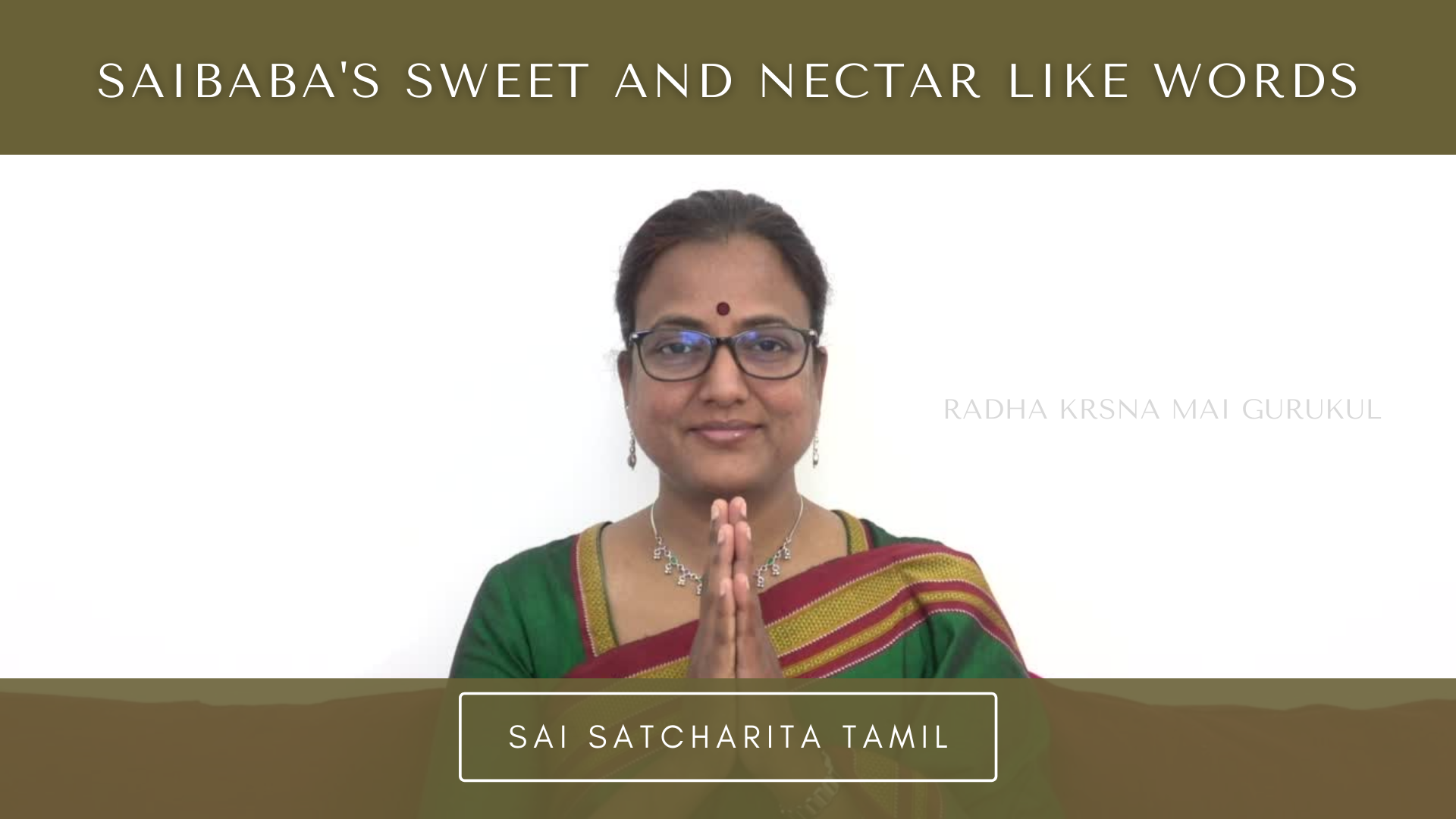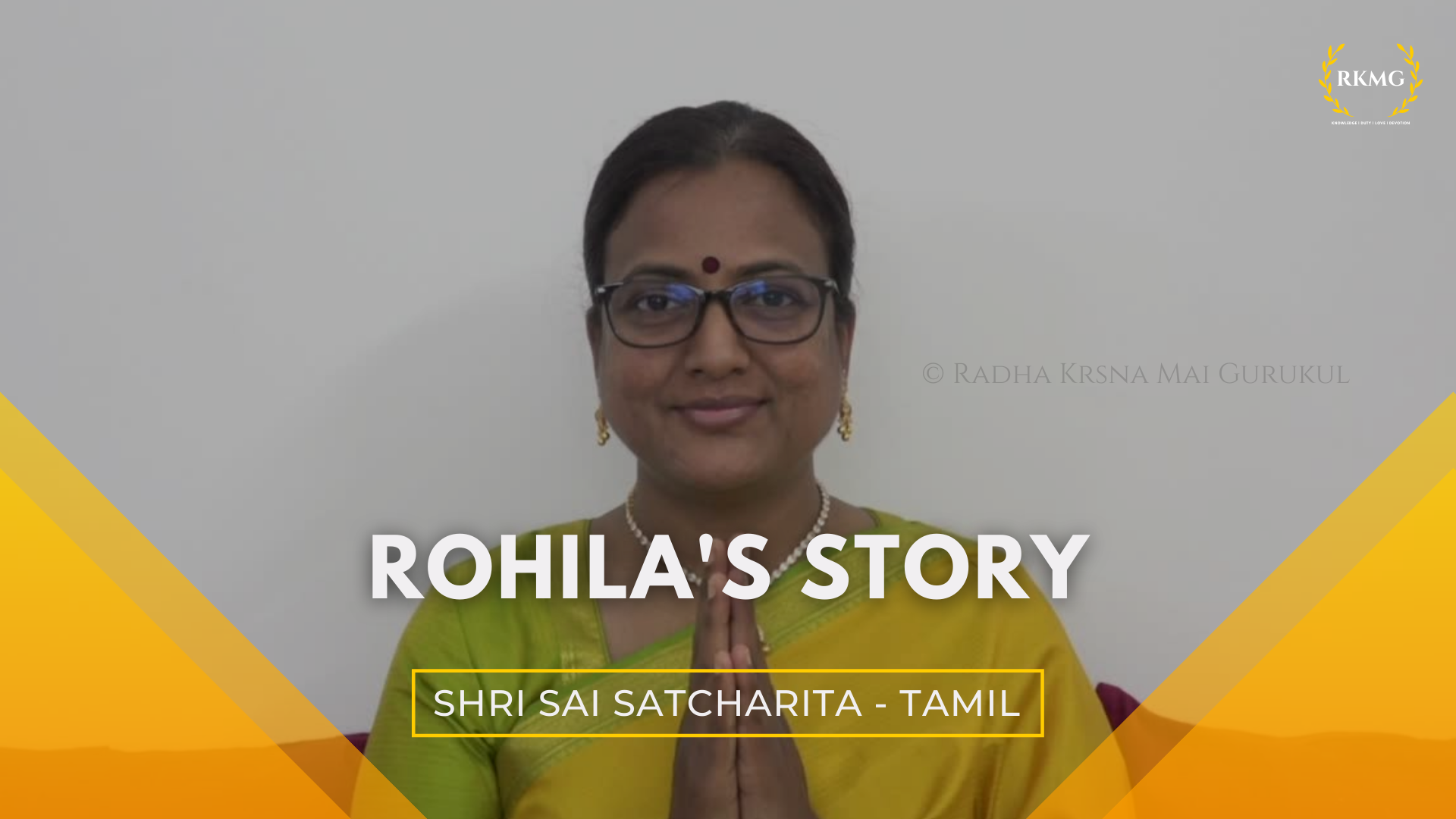Salutations by the author Hemadpant and the story of Saibaba grinding the wheat to ward off the cholera epidemic and its philosophical significance.
In this chapter, the author ‘Hemadpant’, Shri Govind Raghunath Dhabolkar, an ardent devotee of Saibaba who, on witnessing Saibaba’s miraculous way of curing the cholera epidemic, felt such awe and wonder at Saibaba’s leelas that a strong urge to write an account of the life story, teachings, and leelas’ of Saibaba for his devotees’ well-being and for their spiritual prosperity arose in his heart.
According to the ancient and revered Hindu custom, Hemadpant begins the Sai Satcharita by invoking the divine with various salutations for smooth, unhindered completion of the work once started. The wise and learned sing at the outset the praises of the tutelar deities and invoking their blessings. He begins by offering obeisances to Lord Ganesha – the remover of all obstacles. Then to Goddess Saraswati – to inspire him with the knowledge and wisdom. Then to the trinities, Brahma, Vishnu, and Mahesh – the creator, sustainer, and destroyer, respectively. Then to his family deity Narayan Adinath who manifested in the land reclaimed by Lord Parashuram from the sea. Finally, to Saibaba himself – an incarnation of Lord Dattatreya – The Supreme Master, who is his sole refuge and Saibaba himself will make him realize the truth and get his life stories written through Hemadpant, who is merely an instrument.
In the year 1910, one fine morning, Hemadpant went to take Saibaba’s darshan. At that time, he saw Saibaba had made preparations to grind the four bags of wheat grains. As he began to grind the wheat grains in the quern, four women from the village came running to the masjid, forcibly taking the quern from Saibaba started to grind the wheat grains. Once they finished grinding the four bags of wheat grains, they thought of dividing the wheat flour amongst themselves. The moment this thought harboured in their mind, Saibaba angrily questioned, “Whose father’s property are you thinking of looting away?” The women were quite ashamed and embarrassed at their greedy thoughts. Saibaba instructed them to sprinkle the wheat flour at the four corners of the village’s borders in the outskirts of the village. Hemad asked the people in Shirdi – What did Baba do? They replied that Cholera Epidemic was spreading in the village, and it was Baba’s way off warding off the disease entirely from the village and those who were suffering from the dreadful disease. Since then, there was no sign of anyone falling ill and never did such a disease ever enter the village again. This is the incident that made Hemad want to write the sweet Leela’s of Sai Baba.
The philosophical significance of grinding the wheat grains – Saibaba lived in Shirdi for about sixty years. During this period, he would grind grains almost every day, not with wheat alone but the sins, physical and mental afflictions, and His innumerable devotees’ miseries. The afflictions are of three kinds – Adhibhautik (miseries inflicted by the five elements, the body and mind itself); Adhidaivik (those inflicted by the deities or other living entities); and Adhyatmik (which is natural disturbances due to the past Karmas and is connected to spiritual). The two stones of the quern consisted of Karma (duties) and Bhakti (devotion), the former being the lower and the latter the upper one. The handle with which Sai Baba worked the quern is Knowledge (Jnana). It was Sai Baba’s firm conviction that the knowledge of the truth or self-realization is not possible unless there is the prior act of grinding of all our sins, impulses, desires, and the three Gunas – Sattva, Rajas, and Tamas and the Ego (Ahamkara) which is very subtle and is difficult to get rid off. Without the purification of heart, mind, and surrender unto the Lotus feet of the Guru it is next to impossible for one to attain the knowledge of the Truth. The wheatflour represents the profound knowledge about the Truth being given in a simple and easily digestible by the way of stories and leelas, which can benefit the entire humankind and help them follow the path of Righteousness (Dharma) and attain devotion (bhakti) to the Divine Lord.
With the Grace of my KrsnaGuruji, I have been able to pen this most wonderful story from Sai SatCharita in a string of words. Thank you for reading and do watch out for my next blog about “The Purpose of the book.”




Leave A Comment